Managing files in NetSuite’s File Cabinet can be challenging, especially as data and document volumes grow exponentially. Keeping things organized in this ever-expanding environment can feel overwhelming.
But don’t worry! We’ve got your back. We’re here to provide valuable insights and practical tips on navigating through the complexities of NetSuite File Cabinet. Whether you’re a seasoned user or new to the platform, this article will help you with the strategies to optimize your file management processes and ensure smooth operations.
What Is NetSuite File Cabinet?
The NetSuite File Cabinet is a user-friendly tool that makes it easy to store, organize, and manage files and documents within the NetSuite ERP system. It acts as a centralized hub, providing a safe place to store various file formats like images, documents, and spreadsheets.
With features like access controls, versioning options, and the ability to link files to relevant NetSuite records, the File Cabinet empowers businesses to improve their file storage and retrieval processes. This ultimately boosts workflow efficiency and ensures data integrity.

How to Access NetSuite File Cabinet?
Accessing the NetSuite File Cabinet is crucial for your company’s efficient file and document management. Let us walk you through two simple methods to access it so you can choose whichever works best for you. Let’s get started.
1. From the Home Page
To reach the NetSuite File Cabinet from the home page, follow these steps:
- Log in to your NetSuite account.
- Click on the “Documents” tab on the home page.
- Within the “Documents” subtab, you’ll spot the File Cabinet.’
- Click on the File Cabinet to access your folders and files.
2. Via the Global Search Bar
To effortlessly access the File Cabinet from the global search bar, follow these steps:
- Click on the global search bar at the top of the NetSuite interface.
- Type “File Cabinet” in the search bar and hit Enter.
- From the search results, select the “File Cabinet” option.
This method offers a quick way to manage and retrieve your files in the NetSuite File Cabinet without navigating complex menus. It streamlines the file management process, making it more efficient.
Permissions in the File Cabinet
In the NetSuite File Cabinet, restrictions on edit access are limited to folder levels rather than individual files. This means that making changes is controlled at the folder level, so only authorized users can modify files within a specific folder. To keep critical system configurations intact, it’s crucial to have strict access controls for user classes.
Let’s consider a scenario where a system workflow relies on a specific configuration within a file. For example, imagine a file containing the approval email template for a particular process. If a user with edit privileges mistakenly changes this configuration, like altering the content or recipient of the approval email, it could disrupt the intended operation of the system.
Robust access controls are essential to avoid unauthorized changes and maintain the system’s functionality. These controls ensure that only authorized individuals can modify critical system configurations.
Security Recommendations for Access Control
To mitigate risks:
- Folder-Level Access Control: Control user access to specific folders.
- Authorization for Edits: Ensure only authorized users can modify essential files.
- File Availability Settings: Utilize login-required access or company-wide availability settings to manage file accessibility.
System Notes Tracking Changes:
Every file in the File Cabinet is associated with system notes, documenting alterations made, timestamps, and context. Additionally, NetSuite generates a content hash that changes with file modifications for specific file types like JSON, XML, and JavaScript.
Managing Files in NetSuite File Cabinet
NetSuite’s File Cabinet empowers efficient file and document management. Here are diverse methods to effectively manage your files within the File Cabinet:
1. Upload Files
- Log in to your NetSuite account and access the File Cabinet.
- Click on “Upload” and select files from your computer.
- Initiate the upload process and organize or edit files post-upload.
Pro Tip: Simplify by directly dragging and dropping files into the File Cabinet.
2. Create Folders
- Log in and navigate to the File Cabinet.
- Select “New” > “Folder”.
- Name the folder, assign a parent folder (if needed), and save it.
- Establish a logical folder structure with descriptive names for efficient file organization.
3. Edit Files
- Access the File Cabinet in NetSuite.
- Choose the file for editing.
- Click “Edit” or right-click and select the editing option.
- Make required changes and save or cancel as needed.
4. Delete Files
- Sign in and navigate to the File Cabinet module.
- Locate the file to be removed.
- Right-click and select “Delete,” confirming the action.
- Ensure the file isn’t vital and won’t impact associated records or processes in NetSuite.
Mastering these methods enables seamless file management within NetSuite’s File Cabinet, ensuring efficiency while safeguarding critical data.

Benefits of Using Eclipse for NetSuite File Cabinet
Eclipse brings many advantages when managing files in NetSuite’s File Cabinet. It offers a much smoother and efficient experience compared to the platform’s standard interface.
Efficiency in file handling can be improved in several ways. For starters, organizing files into folders makes them easier to find. You can also use search functionalities to locate specific files quickly. And if you need to move files around, drag and drop them!
Additionally, using keyboard shortcuts can help you navigate and operate faster. If you have multiple files to work with, you can even perform batch actions on them all at once. Lastly, enabling caching can boost loading and processing speeds. Remember to clean up and delete unnecessary files regularly to optimize performance.
Uploading multiple files in NetSuite’s File Cabinet is a breeze with just a few simple steps. First, select the target folder. Then, start the upload process and choose multiple files to upload simultaneously. This saves you a lot of time and effort.
In addition, the file cabinet Netsuite offers advanced file editing options that provide users with even more functionality. With version control, you can easily track changes without losing previous versions. Collaborative editing allows multiple users to work on a file together.
Plus, the advanced formatting features make document creation visually appealing. The conditional formatting and data validation tools enhance data analysis, interpretation, accuracy, and consistency, revolutionizing document management and promoting greater productivity and collaboration across different industries.
Conclusion
Getting the hang of the NetSuite File Cabinet can improve your file and document management game in the NetSuite ERP system. You’ll have efficient ways to find what you need, like using the home page or the global search bar, to navigate smoothly and instantly get access to your files.
Plus, having strict access controls at the folder level and using file availability settings will keep your important data safe and sound. You can also improve workflow efficiency by using different management techniques such as uploading files, organizing them in logical folder structures, making edits, and securely deleting files.
Furthermore, Eclipse for NetSuite’s File Cabinet takes this to the next level. It provides advanced features like batch actions, enhanced file editing options, and improved performance through caching.






